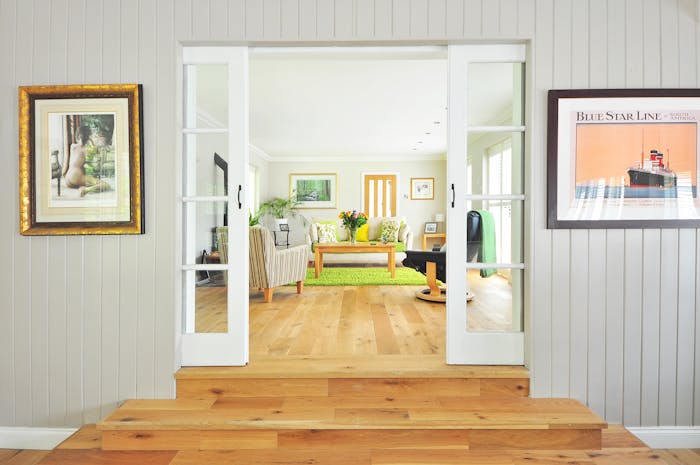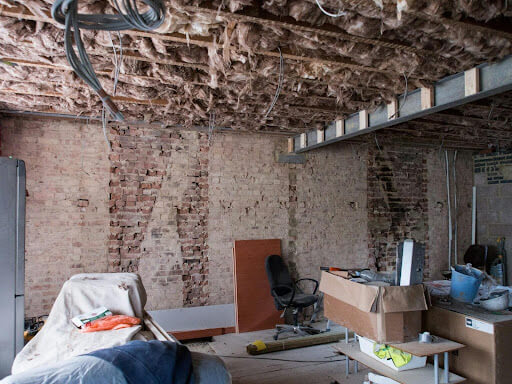
Today’s society has seen a rise in multigenerational households, with grandparents, parents, and children living together under one roof for a variety of reasons, including the need to save money, wanting a closer-knit family dynamic, or cultural preferences. As things stand, since 2000, the number of multigenerational households has been rapidly increasing and now more than 22 million people prefer this way of living.
But to ensure everyone is comfortable, in some instances, you might need to adapt your home. And even though expanding your living area to accommodate more people might initially appear overwhelming and financially difficult, you can make your home a peaceful and useful place for everyone if you follow the right steps.
This is how you put everything into practice:

Plan the Budget Without Depleting Your Savings
Renovating or expanding your home to make it more comfortable for your entire family can be extremely expensive. There are of course methods of getting money that don’t require you to put your savings in jeopardy.
First, consider using the equity in your house. Reverse mortgages could be a wise choice for those of you or any family members who are 62 years of age or older. You can use this option to turn a piece of your house’s value into cash without having to sell it or pay extra each month. It might give you the money you need to make upgrades to your house while you’re still living there.
If you are interested in this type of loan, it’s best to consult a financial organization in your local area. For instance, if you are living in Colorado, look for Colorado reverse mortgage loan officers who will help you determine your eligibility and map out a complete plan for you.
A personal loan may also be a good idea. They usually don’t require collateral and could be an easy way to get money. If you’re thinking about taking out a personal loan, be sure the repayment schedule is within your means by looking into rates and terms.
Whatever path you decide to take, you should consult a financial expert as they will provide you with a sound plan of action. And after you have the funds, you may start thinking about the recommendations that follow
Redesignate Shared Spaces
Your kitchen, dining area, and living room serve as more than just rooms—they’re the hub of your house where family and friends gather.
To guarantee that these shared areas suit the needs of every family member, start by giving them a second thought. Take into account open-plan designs to foster a sense of community while enabling multiple activities to occur at once.
Purchasing multipurpose furniture, including sectional sofas and extendable dining tables, can accommodate various gathering sizes while offering comfort and flexibility to all members of the family.

Give Privacy First Priority
Living with a lot of people in the same place has many advantages, but privacy shouldn’t be overlooked.
To create some much-needed private areas, consider building a tiny extension, installing en suite bathrooms, or even turning a study into a bedroom. If that’s a big undertaking for you, it’s worth noting that you can increase the privacy of your home by adding room separators and soundproofing walls.
Make the House More Accessible
When a variety of age groups reside in one home, accessibility must be taken into account. This involves ensuring that your family’s youngest and oldest members can easily navigate your home.
Making small adjustments like adding grab bars to restrooms, making sure there are no trip hazards, and perhaps adding a bedroom on the ground level can have a big impact on how safe and accessible your house is for everyone.
Encourage Being Outside
By fully utilizing your outside areas, you can make them feel like organic extensions of your house, where you can enjoy more natural light and the allure of the great outdoors. No matter the size of your backyard, careful design can make it a treasured place for entertaining, dining, and relaxing—encouraging your family to spend more time outside.
Think of adding a dining set for outdoor meals, comfortable chairs for lounging, an outdoor kitchen for cooking experiments, and maybe a kids’ play area. By doing this, you provide yourself with a flexible space inside your own home that may accommodate social events, leisure activities, and active play.
Conclusion
Making physical adjustments alone won’t be enough to adapt your house for multigenerational living; you also need to create a space where each family member feels respected and welcome.
You can design a flexible and supportive house that meets the various needs of your family members by redefining common areas, emphasizing privacy, improving accessibility, establishing multipurpose spaces, and encouraging outdoor life.










